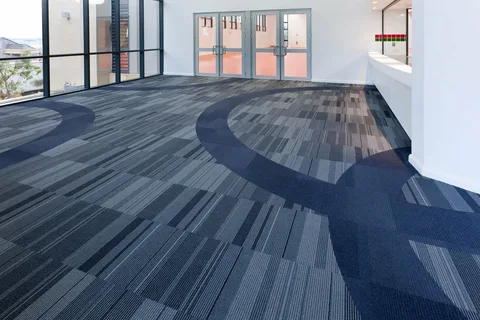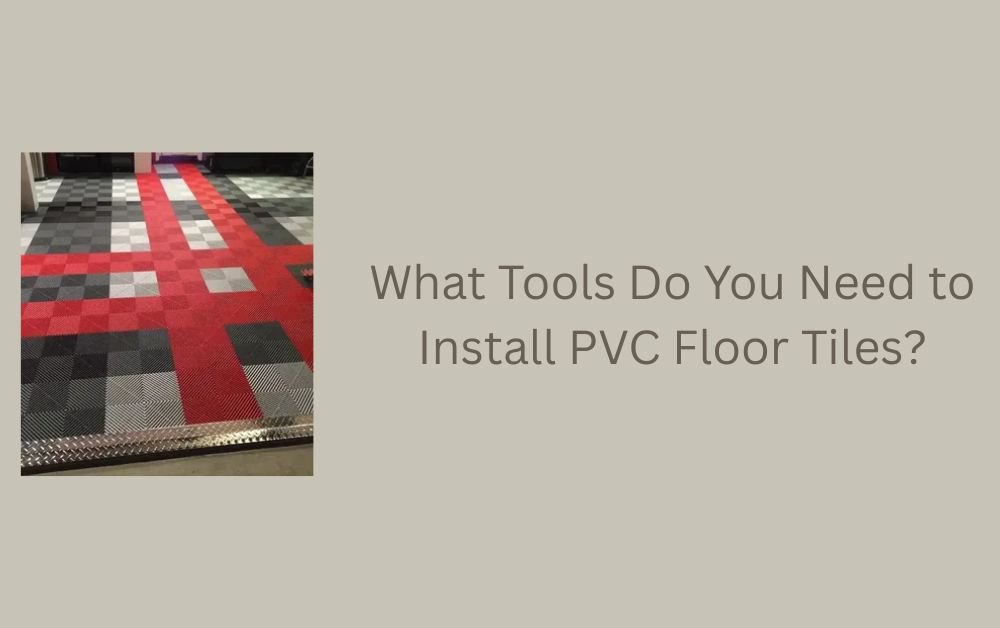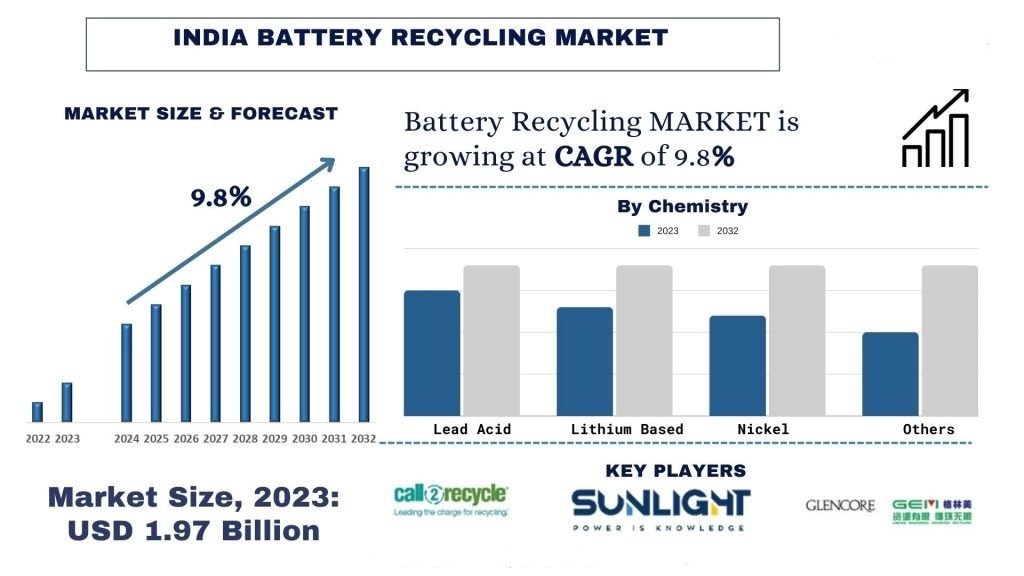Installing PVC floor tiles is a great way to upgrade the look of your home. Not only do they offer durability and style, but they are also easy to install, making them a favorite choice for DIY enthusiasts. If you’re planning to install PVC tiles yourself, you’ll need to have the right tools on hand to make the job easier and faster.
In this article, we’ll walk you through all the tools you’ll need to install PVC floor tiles properly, from cutting tools to installation aids. Let’s dive in!
What Are PVC Floor Tiles?
Before we talk about the tools, let’s first understand what PVC floor tiles are. PVC stands for polyvinyl chloride, a type of plastic that is commonly used in flooring. pvc tiles floor are flexible, durable, and come in many designs, including wood, stone, and patterned looks. They are affordable, easy to maintain, and have become a popular choice for homeowners.
One of the main reasons people choose PVC tiles is because they are relatively easy to install, especially when compared to traditional flooring options like hardwood or ceramic tiles. Most PVC tiles come with adhesive backing, making them a great option for DIY installation.
Now, let’s look at the tools you’ll need to get the job done.
Essential Tools for Installing PVC Floor Tiles
1. Measuring Tape
Why Do You Need a Measuring Tape?
The first and most important tool you will need is a measuring tape. Accurate measurements are crucial when installing PVC tiles because you need to ensure the tiles fit perfectly in your space. Measure the length and width of the area you plan to cover, and don’t forget to measure the corners and edges. This will help you determine how many tiles you need and how to lay them out correctly.
A good measuring tape will help you mark precise measurements on the floor, so you can cut the tiles to fit without wasting them.

2. Tile Cutter or Utility Knife
What Is a Tile Cutter?
When installing PVC floor tiles, you’ll likely need to cut some of them to fit around corners, edges, or obstacles like pipes. A tile cutter or utility knife is the best tool for this task.
- Tile Cutter: A tile cutter is a specialized tool designed to cut tiles neatly and easily. It uses a sharp blade or scoring wheel to make clean cuts along the surface of the tile. You can find manual tile cutters that are simple to use, even for beginners.
- Utility Knife: If you have thinner PVC tiles or just need to make a few cuts, a utility knife works well. Make sure the blade is sharp, as dull blades can cause the tile to tear or break unevenly.
3. Adhesive
What Type of Adhesive Should You Use?
Most PVC tiles come with an adhesive backing, but in case yours don’t, you’ll need to purchase the right type of tile adhesive. There are many types of adhesives on the market, but for PVC tiles, you will want to use a strong, water-resistant adhesive designed for plastic or vinyl.
When choosing an adhesive, be sure to check the manufacturer’s instructions for the recommended adhesive type. Some PVC tiles are peel-and-stick, which means they have an adhesive layer that activates when you peel off the protective backing. For these types, you won’t need additional adhesive.
4. Straight Edge or T-Square
Why Use a Straight Edge?
A straight edge or T-square is a handy tool for ensuring your cuts are straight and precise. A straight edge helps you mark straight lines on your tiles for cutting, and a T-square can be especially helpful when laying out large tiles or when you need to align tiles in a straight row.
This tool can also be useful when installing tiles in tight spaces or when you need to trim tiles to fit along walls. It ensures the cuts are uniform and tidy.
5. Floor Roller or Hand Roller
What Is the Purpose of a Floor Roller?
Once you’ve laid the PVC tiles down, you’ll want to make sure they are fully adhered to the subfloor. A floor roller or hand roller is used to apply pressure evenly across the surface of the tiles. This helps the adhesive bond firmly to the subfloor and ensures a smooth, flat finish.
If you don’t have a floor roller, you can use a heavy object like a rolling pin or even a broom handle as a substitute, but a floor roller will give you the best results.
6. Spacers
Do You Need Spacers?
Spacers are small, usually plastic, tools used to maintain even gaps between tiles as you install them. These gaps help the tiles expand and contract with changes in temperature and humidity. While some PVC tiles have a built-in gap between them, others may require spacers to ensure even spacing and alignment.
Using spacers will make sure your tiles are installed evenly and prevent warping or buckling in the future.
7. Notched Trowel
When Should You Use a Notched Trowel?
If you’re using tile adhesive for your PVC floor tiles, a notched trowel is essential. This tool helps you spread the adhesive evenly across the floor, ensuring that the tiles stick properly. The notches create grooves in the adhesive that allow for better coverage and grip between the tile and the subfloor.
The size of the notches depends on the size of your tiles. For smaller tiles, a trowel with finer notches is best. Larger tiles will need a trowel with bigger notches to spread enough adhesive.
8. Pencil or Chalk Line
Why Use a Pencil or Chalk Line?
Before you start installing your PVC floor tiles, you’ll want to mark a reference line on the floor. This ensures your tiles are aligned properly from the start. Use a pencil or chalk line to mark a straight line down the center of the room or along the longest wall.
A chalk line is especially useful for larger rooms, as it allows you to create a straight line across the entire room without measuring each individual tile. This will help you avoid crooked rows and uneven spacing.
9. Level
Do You Need a Level for Installation?
A level is a simple but effective tool that ensures your tiles are perfectly flat and even as you lay them down. You don’t want any tiles to be raised or tilted, as this can cause them to wear out more quickly or create tripping hazards.
Use the level to check that the tiles are installed evenly, especially after applying adhesive and pressing them into place.
10. Bucket and Sponge
Why Should You Have a Bucket and Sponge?
Although PVC floor tiles are easy to clean, you’ll likely need to clean up some adhesive spills and dust during installation. A bucket filled with clean water and a sponge will help you wipe away any excess adhesive and keep the installation area tidy.
11. Safety Gear
What Safety Gear Should You Wear?
Don’t forget to protect yourself while installing PVC tiles. Safety gear includes:
- Safety glasses to protect your eyes from flying debris when cutting tiles.
- Gloves to protect your hands from sharp edges on the tiles and any chemicals in the adhesive.
- Knee pads if you’ll be kneeling for extended periods.
Taking safety precautions will make the installation process more comfortable and reduce the risk of accidents.
Step-by-Step Guide to Installing PVC Floor Tiles
Now that you know what tools are necessary, here’s a step-by-step guide to installing your PVC floor tiles.
Step 1: Prepare the Subfloor
Before you start, make sure the subfloor is clean, dry, and level. Sweep away any dust and dirt, and repair any cracks or holes. If necessary, use a leveling compound to ensure the floor is smooth.
Step 2: Measure and Plan
Use your measuring tape to measure the room and plan the layout. Mark a reference line with a pencil or chalk line to guide your tile placement.
Step 3: Apply the Adhesive
If your tiles require additional adhesive, spread it onto the subfloor using a notched trowel. Apply the adhesive in small sections, so it doesn’t dry out before you place the tiles.
Step 4: Install the Tiles
Start laying the tiles along the reference line, pressing each tile firmly into place. Use spacers to maintain even gaps between the tiles. If you need to cut any tiles to fit, use your tile cutter or utility knife.
Step 5: Roll and Press the Tiles
Once all the tiles are in place, use a floor roller to press them down and ensure they adhere to the subfloor.
Step 6: Clean Up
Clean up any excess adhesive with a sponge and water. Allow the tiles to set for the recommended time before walking on them.
Conclusion
Installing PVC floor tiles is a straightforward project that can be completed with the right tools. By using the proper tools, like a measuring tape, tile cutter, adhesive, and floor roller, you can ensure your tiles are installed correctly and last for years. Whether you’re updating your kitchen, bathroom, or living room, PVC tiles offer a stylish and durable solution that’s easy to install.
For more insightful articles related to this topic, feel free to visit techners












Leave a Reply